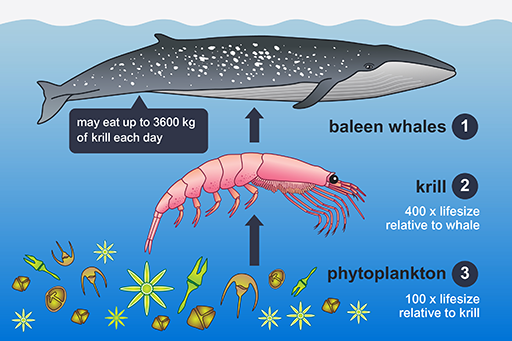2 Analysing ecosystems – a summary
You have now looked at a range of ecosystems and the organisms that comprise them and it should be clear that you can study a system at a number of levels. At the top level is the flow of energy through the system. Sunlight drives photosynthesis and primary production, but also provides a source of heat energy that animals can utilise in raising body temperature or need to avoid in extreme habitats such as deserts.
The links between organisms in an ecosystem are most obvious in food chains, so in addition to describing a system in terms of energy flow, you can describe it in terms of links between plant, animals, fungi or bacteria.
The diversity of life in a particular system provides another level of analysis, where the physical properties of the habitats that make up the ecosystem have an influence on the adaptations that organisms have to survive there and the number of niches available. Some ecosystems encompass diversity hotspots, a term applied to Wicken Fen.
In the next two weeks you will be considering the impact of humans on different ecosystems and you will appreciate that in order to understand and conserve you need to know what life forms are part of the system you are dealing with. In the next activity you will be exploring the identification of animals, plants and fungi and the ecological links between species.

